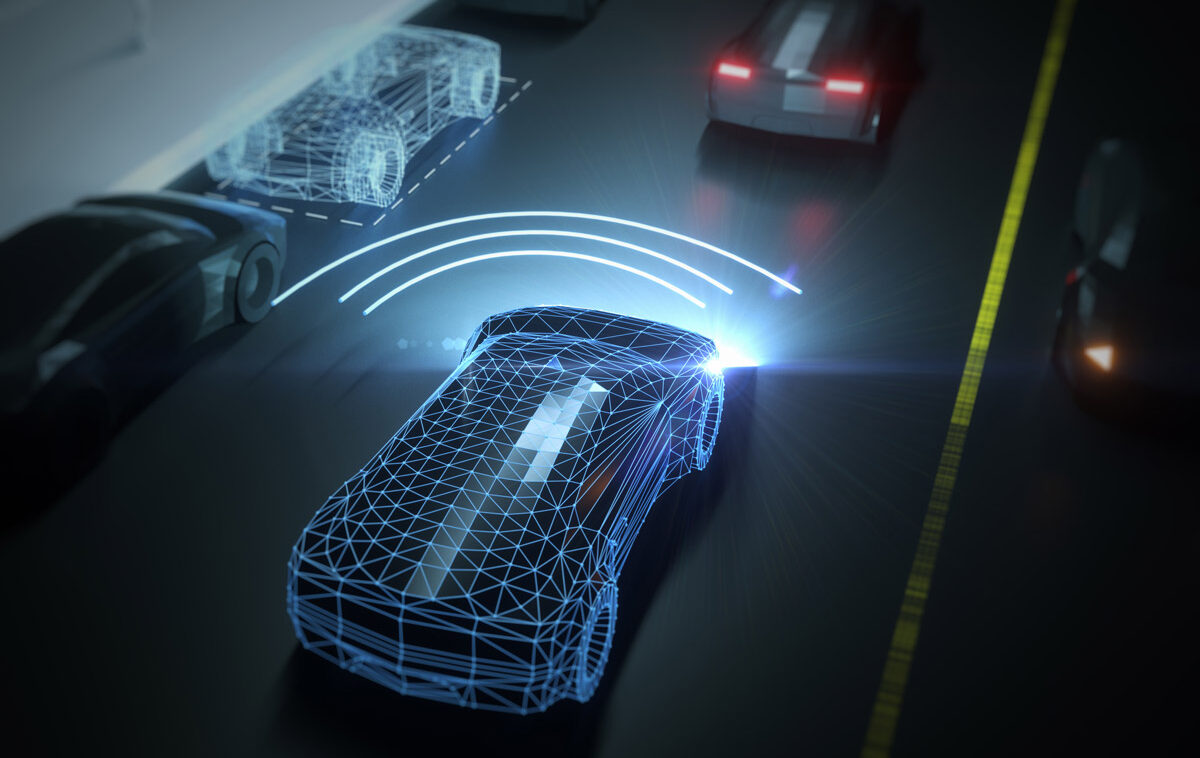Automotive Data – Edge to Cloud
Oded Sagee is speaking at T.U. Automotive in Detroit today, June 6th, on “Data is the New Horsepower”.
It used to be the engine that turned heads at an auto show, race track or car dealership. Is it a V8? Is it turbo charged? How much torque can I expect? But emerging automotive applications such as driver-assistance, V2V and autonomous drive are now top of mind. These applications continue to evolve newer and more functionalities that rely heavily on data and the ability to capture, access, transform and protect data. While compute vision and sensor fusion are at the heart of transportation’s future, declaring that data is the heart itself is no longer a bold statement! What makes data so important and how can we plan for automotive data in future automotive applications?
Why Data?
As the automotive industry transforms, data is without a doubt at the heart of the new smart edge devices that are revolutionizing the way we travel. With these new applications built into cars, there is more data to store and process than ever before. It is expected that a single autonomous car will have beyond 1 TB of storage by 2022*. Data that travels back and forth between vehicles, across the network infrastructure at the edge, and in the cloud. Big data, fast data, data at the edge and in the cloud. The future of connected and autonomous cars is all about data.
Where’s the Data?
Today, real-time processing happens at the edge because there’s simply no time for latency! Data aggregation, big data analytics, model training, and near real-time processing can happen on the network or in the cloud, however, there are challenges and limitations at each juncture. The car is subject to environment, design and cost limitations; whereas the network and cloud have limitations in bandwidth, connectivity, latency and security. As a result, edge devices including cars and all of their sensors and systems, need to be equipped with enough compute power to support these new use cases and storage to keep all the data local.
We have seen these limitations in various evolving IoT implementations, where massive sets of data, real-time processing, and data mobility cannot always rely on the network or the cloud, hence the edge devices needs to be equipped with enough compute power, and an appropriate storage solution to execute the application objectives.
And this is where traditional storage, which was designed for a specific, local application, will not be able to support, without any development, the new use cases which require to meet both the local application needs, but also compensate for the shortcomings of the network and cloud.
How to design for the future of automotive?
When designing future transportation services, automakers and OEMs need to design the data structures throughout this end-to-end ecosystem between vehicle, network and cloud. It’s important to create the right data storage environments, from edge to cloud, for these newer automotive applications.
Automotive applications such as HD mapping, event and drive recorders, OTA applications and more require data storage with an increasing need for more electronics in the car. An automotive storage solution needs to be built to record, capture and interpret data from an unprecedented number of sensors and cameras working throughout the car to monitor movement, sound, vibrations and more.
These apps are smarter than ever before with the functionality they deliver, but at the same time need to meet extreme conditions with a wide temperature range and endurance. Each use case, whether it be infotainment, telematics, data recorders or V2X communication requires different levels of endurance, performance, longevity and temperature ranges from the storage solution that stores all the data.
Embedded NAND Flash Enabling Future Automotive Applications
NAND Flash offers a data storage solution that balances the need for affordability with the need to meet these new storage requirements: temperature, endurance, integration and retention. Embedded NAND flash in a small form factor; for example Western Digital’s iNAND 7250A in an 11×13.5×1.2 mm BGA package with 64 GB capacity can be used for all of these automotive applications throughout the car. It’s not only versatile, but offers the capacity, performance, endurance and security features for data stored locally.
As we move toward the autonomous vehicles of the future, data will be driving the evolution of transportation. The right storage environment will enable this future with edge to cloud solutions.
Western Digital is committed to the automotive market. Data is evolving and growing at an insatiable rate driven by technologies such as IoT, ADAS, cutting-edge infotainment and safety systems, and other connected technologies. A new approach to data storage is required to deliver speed, agility and longevity for various applications, workloads and outcomes that can make it economical to make data alive at scale. We’re driving the innovation across every layer of the infrastructure necessary to stay ahead of new demands. Our breadth of expertise and level of integration give us an unmatched ability to deliver carefully calibrated solutions for every type and use of data.
*Based on internal estimates
Forward-Looking Statements
Certain blog and other posts on this website may contain forward-looking statements, including statements relating to expectations for our product portfolio, the market for our products, product development efforts, and the capacities, capabilities and applications of our products. These forward-looking statements are subject to risks and uncertainties that could cause actual results to differ materially from those expressed in the forward-looking statements, including development challenges or delays, supply chain and logistics issues, changes in markets, demand, global economic conditions and other risks and uncertainties listed in Western Digital Corporation’s most recent quarterly and annual reports filed with the Securities and Exchange Commission, to which your attention is directed. Readers are cautioned not to place undue reliance on these forward-looking statements and we undertake no obligation to update these forward-looking statements to reflect subsequent events or circumstances.




